Book review of Ida M. Tarbell's "Owen D. Young: A New Type of Industrial Leader.""We must deal with this question of unemployment, which I regard as the greatest economic blot on our capitalistic system. … The world does not owe men a living, but business, if it is to fulfill its ideal, owes men an opportunity to earn a living. " Owen D. Young, Chairman of the Board General Electric Company A different perspective on unemployment from another great 20th Century American industrialist. Peter E. Greulich Select the image or the icon below to read more about Owen D. Young, Chairman of the Board of General Electric Company.
0 Comments
How IBM's Resource Actions—Layoffs, Affect Family and Business Productivity.It seems appropriate this week to post about how layoffs affect work and family. At IBM the employees have lived with constant layoffs—called resource actions in IBM speak, since Lou Gerstner took over the company in 1993. This is one example of how Gerstner's elephant—and that of his successor's, "danced" on the livelihoods of their employees. What are resource actions? They are as hard to explain as they are to experience, and IBM employees have been experiencing them for almost three decades. These two articles (extracted from journal entries) are critical to understanding why IBM's sales and profit productivity have fallen so drastically in the 21st Century. Here are three resource actions … in action. Select the image or the link below to read about three IBM layoffs—resource actions, not during hard but good times. Daniel C. Roper, U.S. Secretary of Commerce, Discusses Different Viewpoints."It dawned upon me that interpretation of truth, or the righteousness of either side of a question depended upon the sources of information and an open-minded willingness to examine different views." Daniel C. Roper's Autobiography, Fifty Years of Public Life, 1941 As applicable today in a social-media-driven world as it was in the rock-and-spear Stone Age, and all the eras in between. Daniel C. Roper was the United States Secretary of Commerce during Tom Watson's time at IBM. Fundamentally, thinking is important but also the sources of information that your thinking is founded on. A good case for a university's social sciences and attaining a wide, generalized education. Peter E. Greulich, January 19, 2023
A review of J. C. Penney's book, "Fifty Years with the Golden Rule."“I don't have much patience with people I hear saying that it is impossible to get good people for jobs. . . . Won't it follow naturally that if a business idea is basically sound it will draw to itself quality people, not only because of the job but because they want to be connected with a business whose underlying idea has vigor, and offers scope for individual initiative?" “Our country could have been mightier than it is, had not some throughout every period of its history retarded its growth by greed, corruption in high places, petty partisanship in crucial periods, and individual selfishness. . . . Selfishness, of course, is the festering spot in every evil situation, whether world, nation, or individual.” “My advice to young people today is to let no day pass without pushing personal standards a notch higher. The law of struggle is the essence of all life—animal, vegetable, and human. Our progress from birth to death is marked by struggle, and rightly so, for when we cease to struggle, dry rot takes over. . . . Young people who count not their hours but their opportunities are the ones who maintain the difficult road to success.” J. C. Penney, Excerpts from "Fifty Years with the Golden Rule" Select the image or link below to read full book reviews of "Fifty Years With the Golden Rule." A Review of Perle Mesta's "Perle: My Story."“I had been in Luxembourg nine months when I returned to Washington for a consultation with the State Department, a customary procedure with ambassadors and ministers. … After my Washington consultations, I went up to New York for a few days and was given a luncheon there that I consider one of the greatest honors of my life [emphasis added]. “Matthew Woll, the A. F. of L. Vice-President … got together with his friend and mine, Thomas J. Watson Sr., President of International Business Machines, to co-host the affair. “I don't think a party was ever given anyplace by hosts as far apart as those two [Watson and Woll] in their economic viewpoints. As we looked around the luncheon room at the Hotel Pierre from the head table, Matt Woll commented that only in America could such an affair as this take place, with labor and management getting together socially." Perle (Pearl) Mesta Select the image or link below to read the full book review. Reviews of "Famous Leaders of Industry" & "Famous Leaders of Character"The "Famous Leaders" Series of books spanned a timeframe from 1920 to 1955. There was one "Famous Leaders of Character" and a series of six "Famous Leaders of Industry." The target audience was the adolescent reader. It is important to understand the audience to set the proper expectations. I did not realize this because I read the very last in the series first. “Famous Leaders of Industry [with a new author: Trentwell M. White] discusses the lives of twenty-five men who have had the courage and independence … to work night and day to bring the results of their thinking to fruition.” Trentwell M. White, New Author, 1931 Select the image or link below to access the book-review home page of the "Famous Leaders of Industry" and "The Famous Leaders of Character" The IBM Basic Beliefs Were IBM's 20th Century Corporate ConstitutionIBM's 20th Century Corporate Constitution was referred to as "The Basic Beliefs." A corporate constitution that is unforgettable, pervasive, and inclusive serves as a compass to guide individuals across rough organizational terrain. A constitution beckons to men and women of service who are willing to change everything about themselves except for a fundamental set of beliefs. Whatever form a corporate constitution takes it must provide three things: (1) It must provide a consistent, ever-present, guiding light—a “north star” by which individuals navigate rough organizational terrain; (2) It must provide the mechanism by which the organization defines its objectives—goals that aren’t necessarily monetary but—if achieved—rewards success with a monetary gain; (3) It must provide an internal mechanism that demands an ever-constant evolution—it should institutionalize change. Peter E. Greulich, A View from Beneath the Dancing Elephant, Select the image or link below to read about IBM's Corporate Constitution: The Basic Beliefs. |
Peter E. GreulichPeter E. has been studying IBM and early American corporate history since his retirement in 2011. These are his thoughts and musings, and of those whose biographies and autobiographies he has read with links to articles and book reviews on this website. Contact the author directly.
|
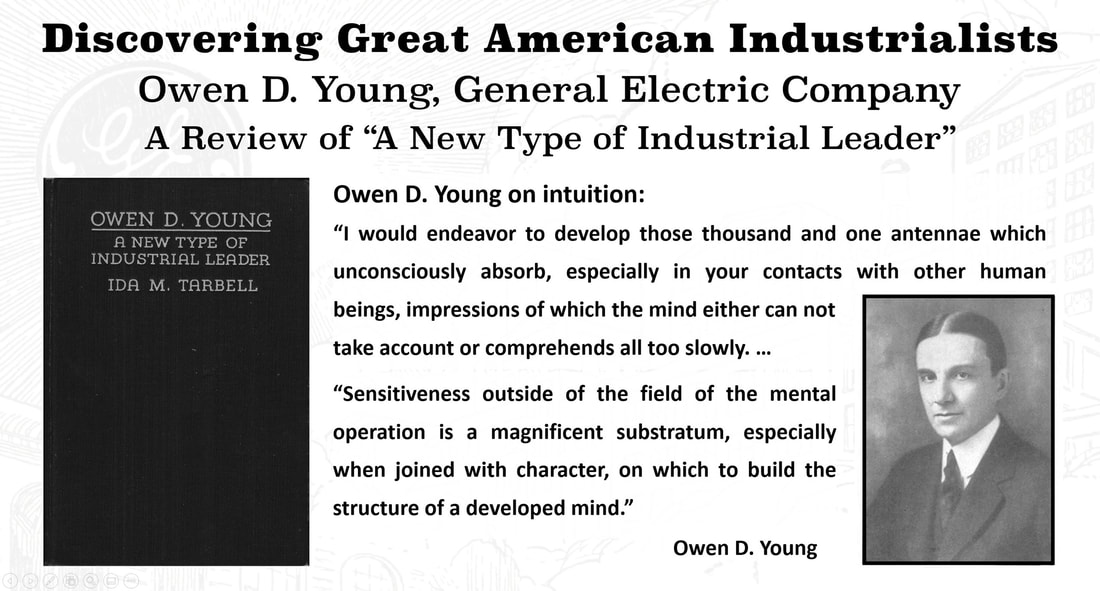
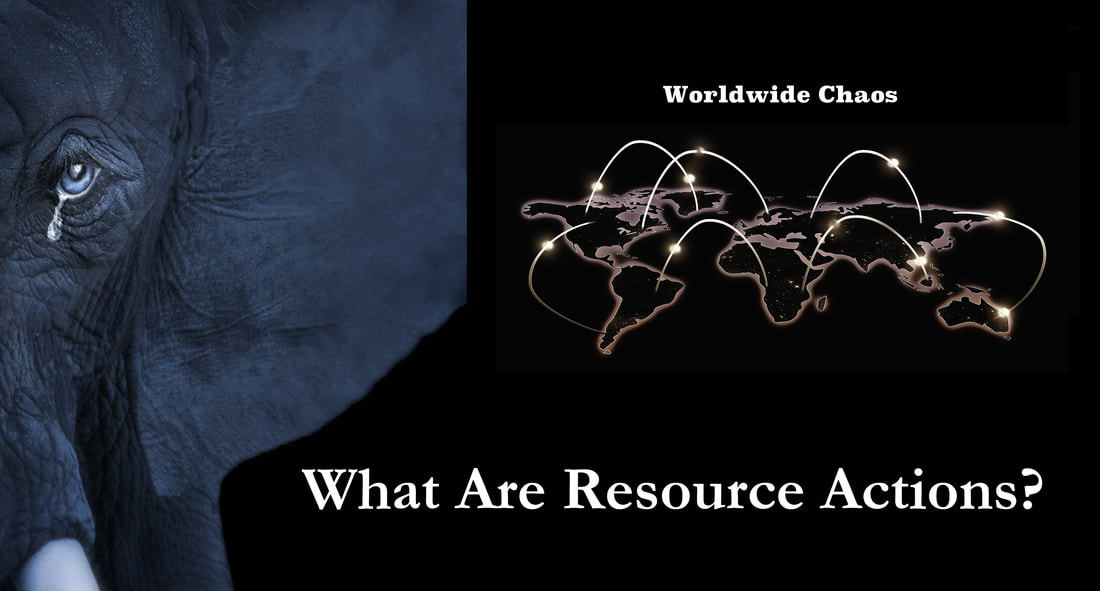
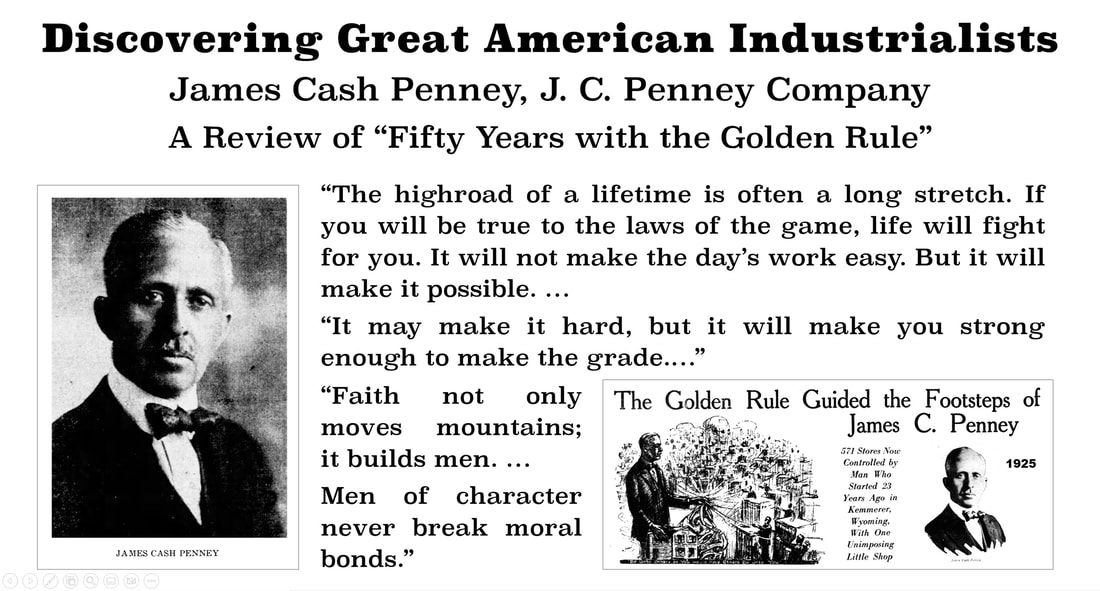
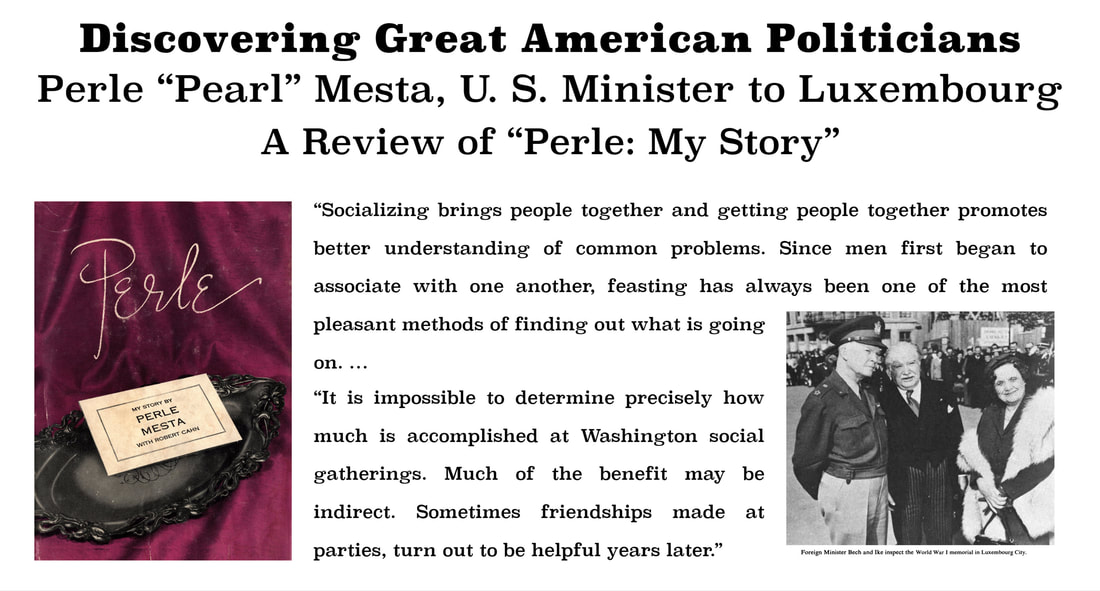
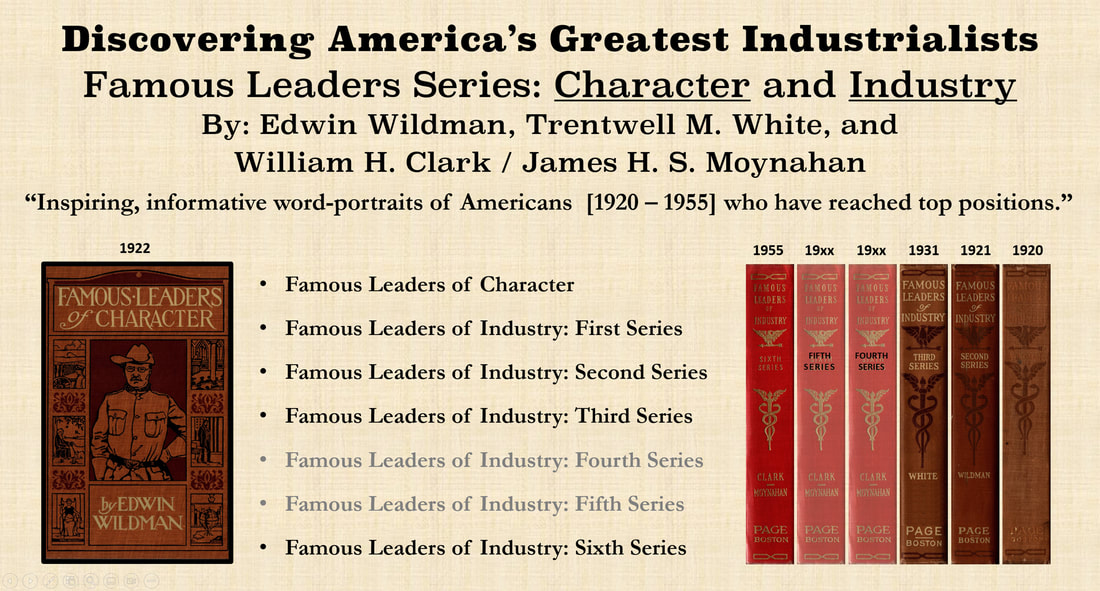


 RSS Feed
RSS Feed